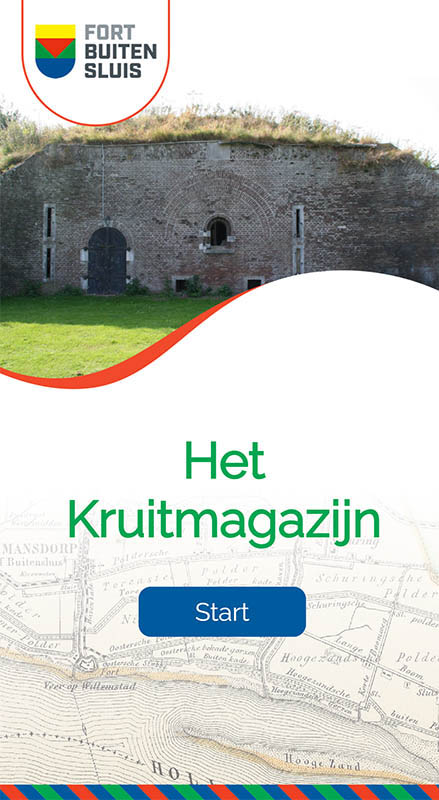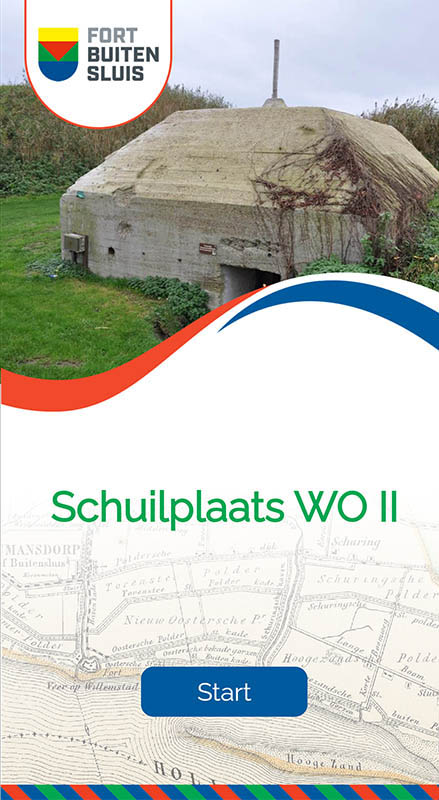Fort Buitensluis and LesLinq – A Digital Dive into History
Fort Buitensluis is a historical monument located in the Hoeksche Waard, beautifully situated on the Hollandsch Diep. The Fort’s history dates back to 1793, when the first foundations were laid. Its purpose was to prevent enemy troops from crossing the Hollandsch Diep. Today, the Fort is not only a monument but also an accessible destination for anyone curious about the rich Dutch history.
Making History Interactive and Accessible
The Fort Buitensluis Foundation manages this beautiful piece of heritage and aims to make its rich history accessible to a broad audience. Thanks to funding from the Cultural Fund and the Ambachtsheerlijkheid Cromstrijen Foundation, investment in (digital) signage became possible. But how do you make history truly fun and interactive? That’s where LesLinq came in!
LesLinq’s Content Creation Tool
The board of the Fort Buitensluis Foundation wanted to find an engaging and interactive way to inform visitors about the Fort. LesLinq provided the perfect solution. With LesLinq’s Content Creation Tool, text, images, video, audio, and questions could be creatively combined. This gave visitors an engaging and dynamic way to learn about the Fort’s history.
Information Signs with QR Codes
Nick van der Velden from Staalbaas created beautiful corten steel information pillars. On these, aluminum plates with information and a QR code were mounted. When you scan the QR code, the interactive content created with LesLinq opens. The LesLinq studio helped design this digital experience — and the result speaks for itself!
Positive Feedback from Visitors and the Foundation
The (digital) signage has been a great success. Visitors are enthusiastic, and the Fort Buitensluis board is very pleased. Carin van den Berg, board member of the Foundation, explains:
“On open days, visitors can join guided tours and learn about the Fort’s history. But that only reaches a limited group. Thanks to the information signs with QR codes linking to digital content, we can now also reach self-guided visitors and inform them about the history of the gunpowder magazines, ammunition storage, shelters from World War I and II, and more.”
Brilliant Smart Templating Feature
Carin continues:
“LesLinq offers so many possibilities to present information in a fun, interactive way. The LesLinq studio helped us design and create templates. One of LesLinq’s great features is the smart templating function, which allows us to save and reuse interactive elements. This makes it easier and faster to create new object descriptions. Due to time constraints, we haven’t yet explored all the features of LesLinq’s Content Creation Tool. What we’ve created so far is great, but with LesLinq, it can become even better. Fortunately, we can easily update and publish content in LesLinq, so we’ll continue working on that in the coming months. We’re very happy we chose LesLinq!”
Bringing Heritage to Life with Modern Technology
Fort Buitensluis is a wonderful example of how historical heritage can be made accessible and appealing to a wide audience using modern technology. Thanks to the collaboration with LesLinq, the Fort’s rich history can now be experienced in an interactive and engaging way — a success story we’re proud of!
Some Examples
Click the images below for examples of the interactive content.
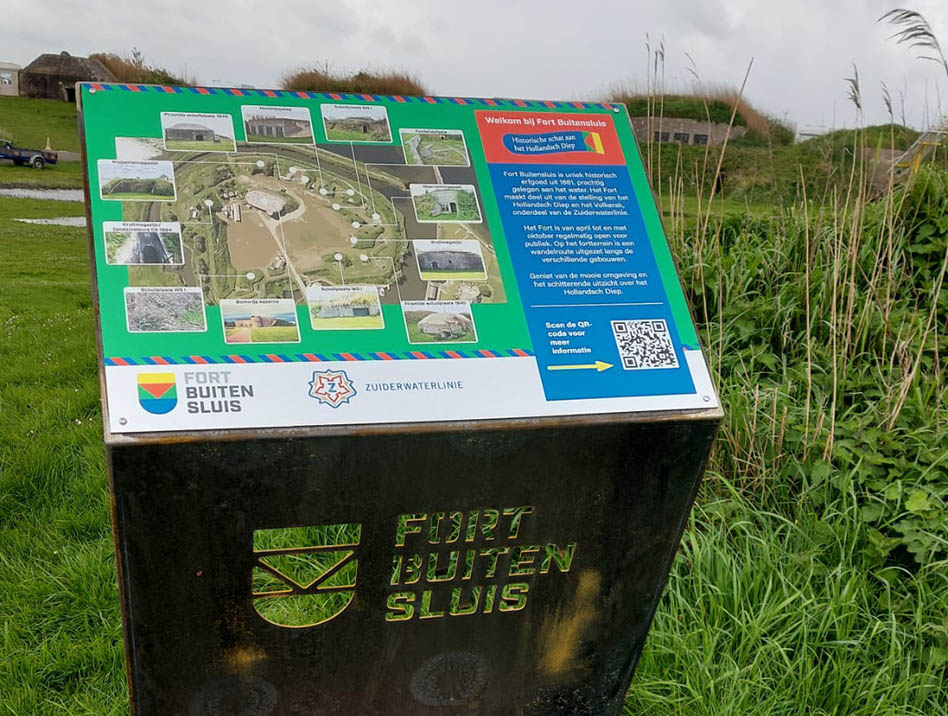
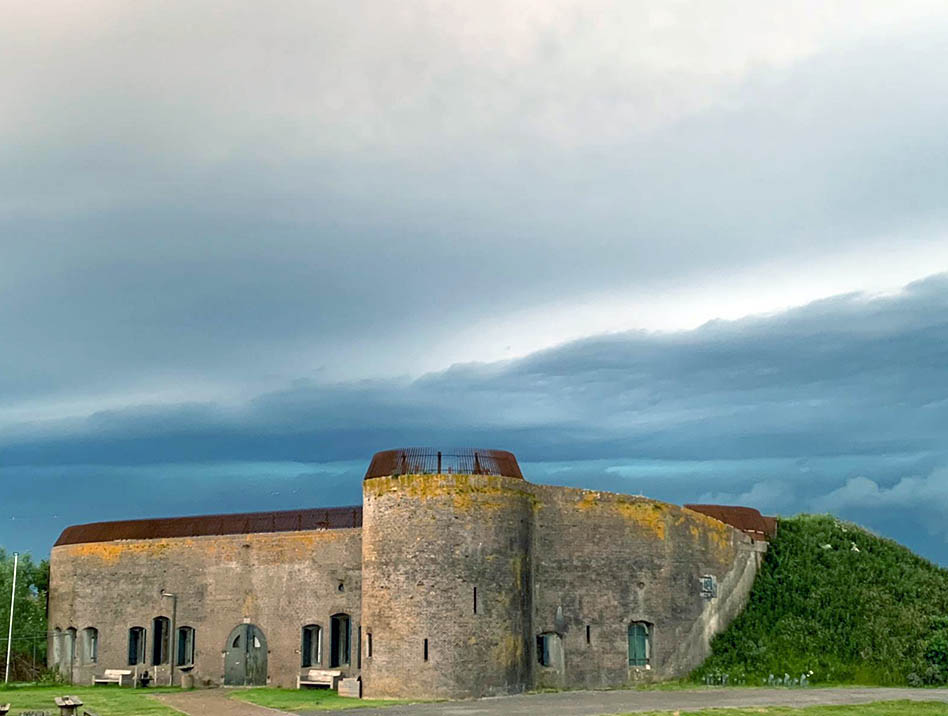
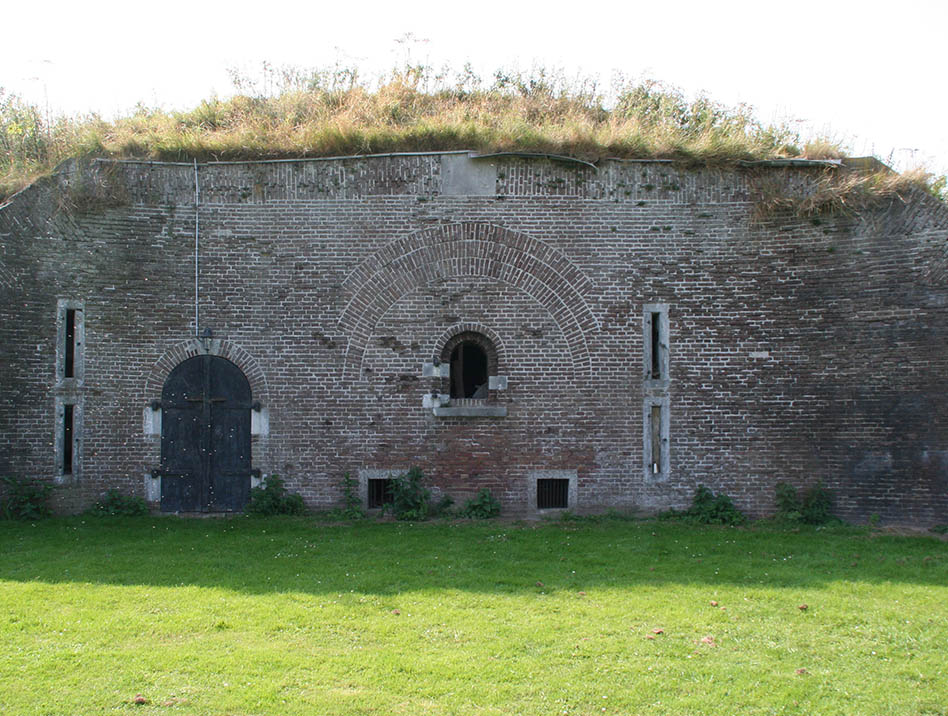
Want to know more about LesLinq?
Get in touch with us – we’d be happy to tell you more.


